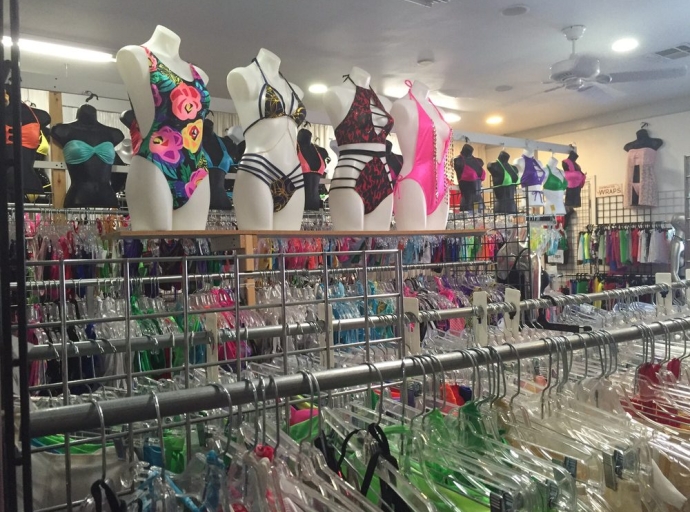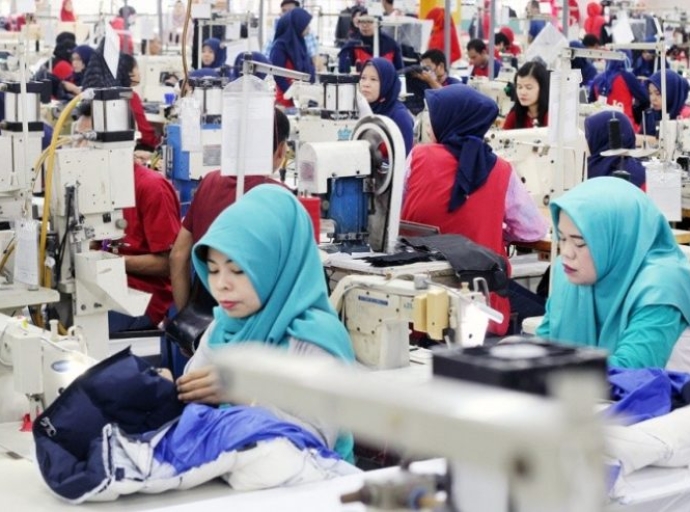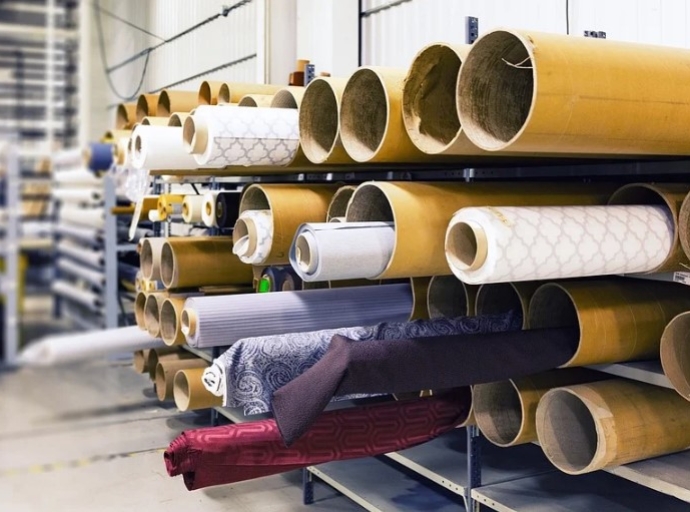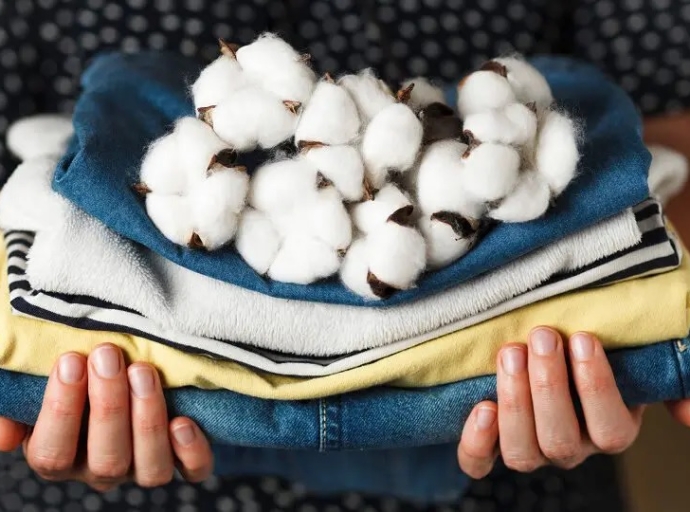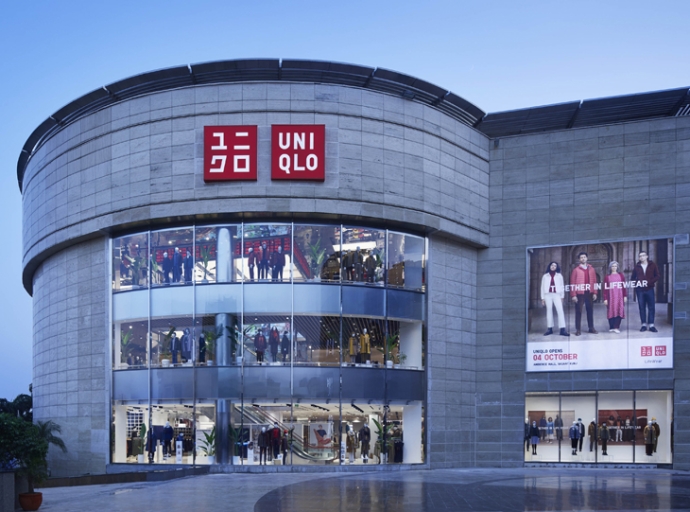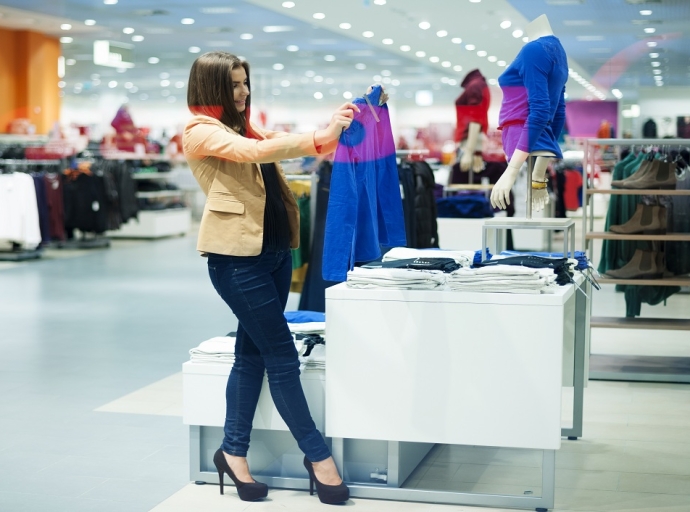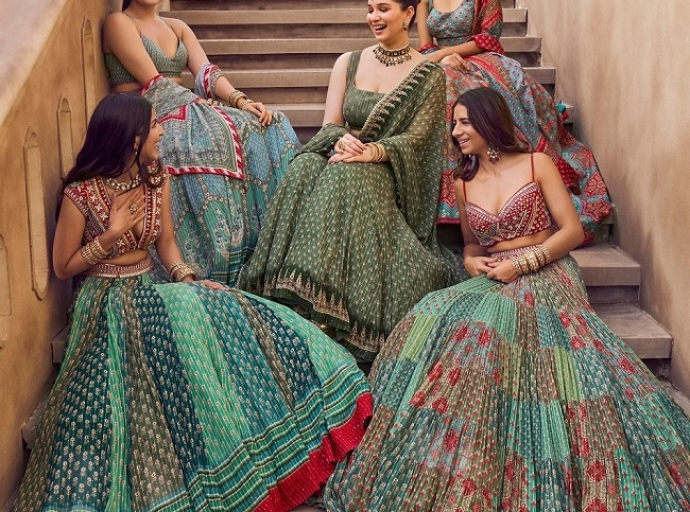13 July 2023, Mumbai
Introduction:
The global lingerie market is undergoing significant changes, influenced by the active role played by working women in propelling its growth.
Working women propel lingerie market growth, but challenges persist. The report offers industry insights, profiles major players, and analyzes regional dynamics for strategic advantage.
This comprehensive market report provides valuable insights into the industry, profiling major players such as Hansbrands Inc., L Brands Inc., PVH Corp., Triumph International, Jockey International, Wacoal Holdings, and Zivame.
Diversity; With diverse product lines and operations in various regions, these industry leaders are continuously striving to gain a competitive edge.
The report employs a robust research methodology, combining primary and secondary research to provide a bottom-up analysis and determine the market size.
Bird's eye view
The lingerie industry has experienced substantial growth in recent years and is projected to continue expanding in the coming years.
According to a study conducted by Mordor Intelligence, the lingerie market is currently valued at USD 82.28 billion in 2023 and is anticipated to reach USD 121.01 billion by 2028.
This growth represents a compound annual growth rate (CAGR) of 8.02% during the forecast period of 2023 to 2028. Additionally, a report by Grand View Research reveals that the global lingerie market reached a value of USD 85.96 billion in 2021 and is expected to grow at a CAGR of 5.7% from 2022 to 2030.
Working Women as Growth Catalysts:
The report emphasizes the increasing number of working women worldwide as a driving force behind the market's expansion.
As women actively participate in the business sector, spurred by education and economic growth, their improved disposable income fuels the demand for comfortable and fashionable lingerie.
Furthermore, their modern lifestyle choices, including fitness activities and social events, contribute to the rising popularity of sports bras, shapewear, and other lingerie products.
Challenges from the Unorganized Sector:
While the market presents immense growth opportunities, the report highlights the presence of an unorganized sector as a significant restraint.
Local suppliers dominate this segment, offering affordable and customizable lingerie options that pose a challenge to established companies.
Pricing is about knowing your customer; These local players capture a substantial market share by catering to price-sensitive consumers.
Moreover, the emergence of new entrants and the rise of direct-to-consumer sales through cross-border e-commerce platforms intensify competition, hindering the growth of established fashion brands and retailers.
Insights into Regional Variations:
To navigate regional variations and effectively leverage market opportunities, decision-makers can rely on the report's insightful analysis of key trends and market dynamics across different geographies.
Know your customer; The report provides a comprehensive understanding of the lingerie market in various regions, enabling companies to tailor their strategies accordingly.
It delves into factors such as consumer preferences, cultural nuances, regulatory frameworks, and distribution channels, providing valuable guidance to industry players seeking expansion or consolidation.
Research Methodology:
The report's research methodology encompasses primary and secondary research. Primary research includes interviews, surveys, and expert opinions, which validate the findings derived from secondary research.
The latter involves an exhaustive analysis of press announcements, annual reports, government websites, and market research reports.
By combining these research approaches, the report ensures a robust and reliable analysis of the market, enabling decision-makers to make informed strategic choices.
Bottomline:
Working women drive lingerie market growth, but challenges arise from the unorganized sector and intensified competition. Strategic insights help navigate opportunities and maintain a competitive edge.
Emerging paradigm; As the global lingerie market experiences shifting dynamics, working women are emerging as the key drivers of growth.
Their increasing presence in the business sector, coupled with rising disposable incomes and modern lifestyle choices, fuels the demand for comfortable and fashionable lingerie.
Challenges galore; However, challenges from the unorganized sector and intensified competition from new entrants pose hurdles to established companies.
By leveraging the insights provided in this report, industry players can navigate regional variations, capitalize on market opportunities, and develop effective strategies to stay ahead in this highly competitive market.

